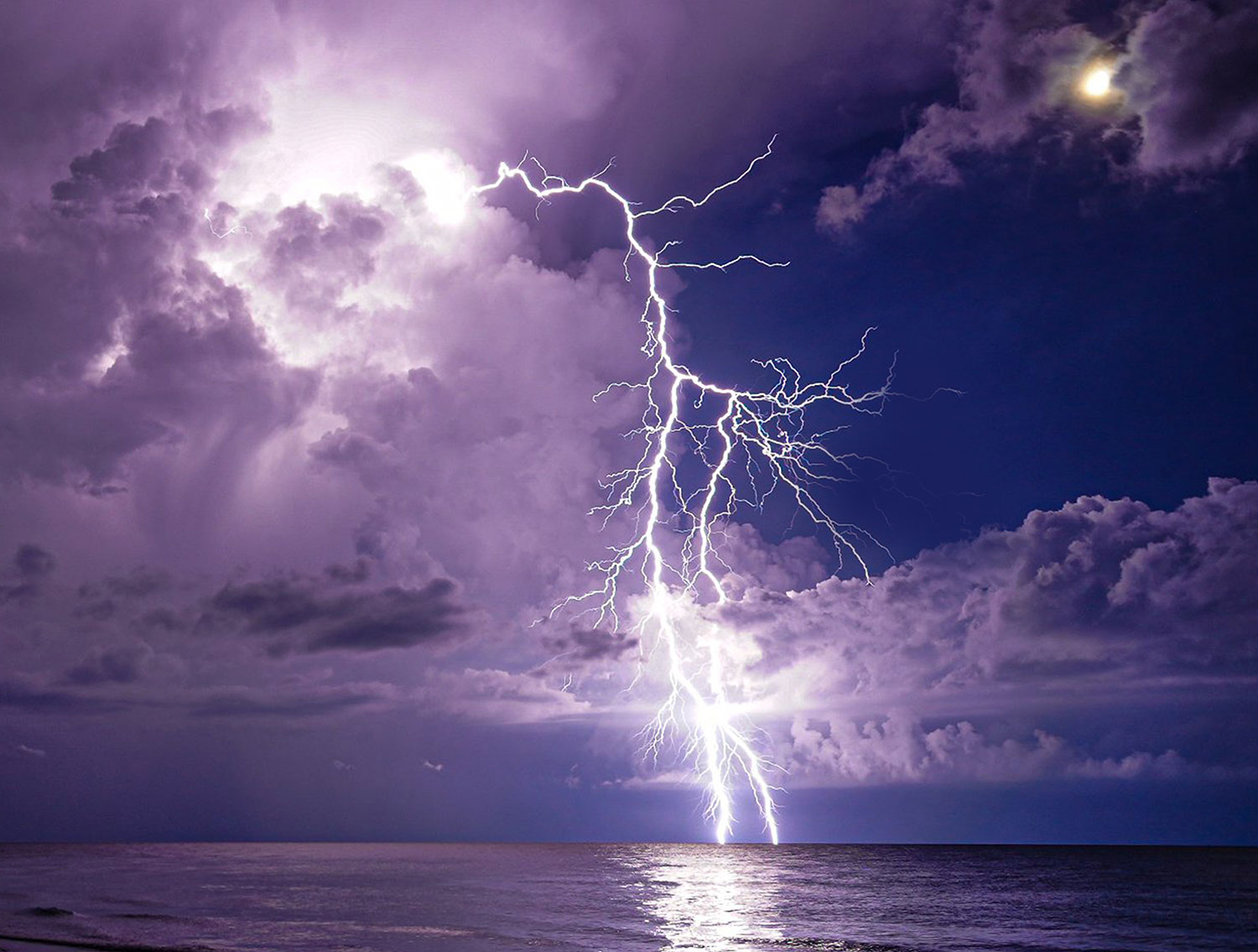Jellyfish have officially taken over Delaware beaches.
Calm, warm water has triggered a massive bloom – especially in the bay, where lifeguards have reported hundreds of stings in just a few weeks.
What to Look For
Sea nettles are the main culprit:
- Brown tentacles
- Clear, umbrella-like bell
- Nearly invisible in shallow water
Also spotted:
- Moon jellies (mild or no sting)
- Lion’s mane (rare but painful)
If You Get Stung
Act fast:
- Rinse with vinegar or saltwater (never fresh water)
- Remove tentacles with tweezers
- Apply shaving cream (Barbasol works), then gently scrape
- Use hot water (not scalding) to reduce pain
- Severe reaction? Take Benadryl or seek medical care
- And no, don’t pee on it – that’s a myth and can make it worse
How to Stay Sting-Free
- Avoid murky water and inlets, especially after rain
- Wear rashguards, wetsuits, or stinger suits
- Use Safe Sea lotion for an added barrier
- Don’t touch jellyfish – even beached or dead ones can still sting
- Stay alert in warm, shallow water on calm, sunny days
Jellyfish Facts
- Not fish, and not jelly – they’re 94% water
- They can’t swim; they float with tides and currents
- Found in every ocean, from the Arctic to the tropics
- Eaten by sea turtles, whale sharks, and (in this case) your weekend plans
Photo vs. Reality:
This backlit aquarium photo makes the Atlantic sea nettle look dramatic – and honestly, a little terrifying. But in real life, they’re much paler, almost translucent, and nearly impossible to spot in the water.















